Wisconsin is a terrific destination to live in because of its excellent schools, huge easily affordable cities, stunning natural scenery, and Midwestern hospitality. Summertime activities include kayaking, biking, and hiking, and wintertime activities include a variety of frigid sports. Wisconsin is appealing to families because of its top-rated schools as well as its bleak four seasons that change every year.
Why Retire in Wisconsin?
Wisconsin’s overall cost of living is around 2% lower than the US average. And in certain sections of the state, where cities are much below the national average, it gets even better, offering some of the least expensive places to retire in Wisconsin.
Wisconsin retirement has a lot to offer the outdoors-loving, active adult. Wisconsin has over 500 golf courses, many of which serve as the focal point of retirement communities.
There are 15,000 interior lakes and two Great Lakes available for use by swimmers, boaters, fishermen, and other water sports enthusiasts. Madison has routinely regarded as one of the best locations to live in the United States.
According to reports, Wisconsin’s wonderful folksy people are rather pleasant. In fact, many locals claim that what draws retirees to Wisconsin as a destination to settle down and escape the rat race is the friendliness and kindness of the villages. Therefore, even though you might have a lot of snow, chances are good that a neighbor will always be eager to shovel your driveway.
7 Best Places to Retire and Live in Wisconsin: 2022
Here are the best places to retire in Wisconsin for stress-free living.
1. Whitefish Bay
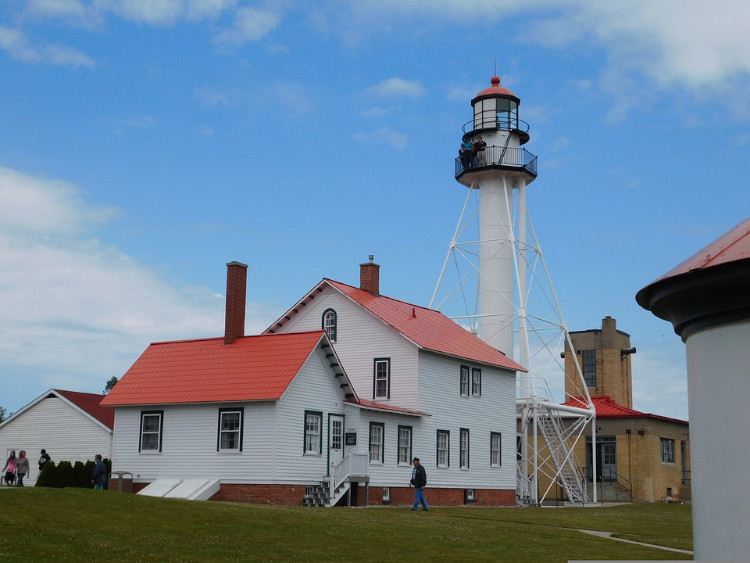
Whitefish Bay inhabitants enjoy a minimalist suburban vibe and own most of their homes. There are numerous eateries, coffee shops, and parks in Whitefish Bay. Whitefish Bay has a large family population, and the locals lean liberal. Whitefish Bay’s public schools are well-regarded.
The survey stated that Whitefish Bay’s robust job market was partially responsible for its good quality of life. With 14,099 residents, the hamlet has a five-year unemployment rate of 1.5 percent. The national rate is 4.1%.
The village’s ranking was influenced by safety as well; there were 36 violent crimes per 100,000 residents. According to the data, there were 383 violent crimes nationwide per 100,000 inhabitants in 2017.
- Monthly Rent: $1,199
- Property Purchase Cost: $393,300
- Cost of Living: $2600 per month for one person
- Health and Safety: Not too safe
- Connectivity: Well connected
- Traffic: Barely
- Public Transport Facilities: All facilities are available
2. Waunakee
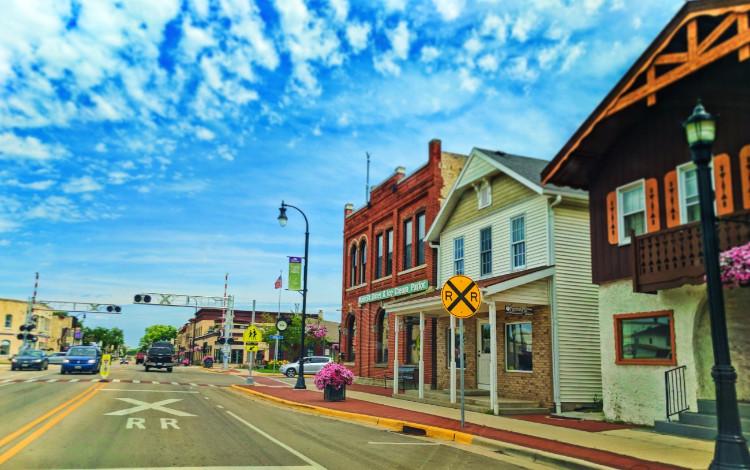
With a population of 13,903, Waunakee is a suburb of Madison. Waunakee is located in Dane County and is regarded as one of the nicest locations to live in Wisconsin. Waunakee residents enjoy a dense suburban feel, and the majority own their homes. There are numerous bars and parks in Waunakee. Waunakee is home to many families and has a conservative tilt to it. High praise is given to Waunakee’s public schools.
- Monthly Rent: $1,022
- Property Purchase Cost: $358,100
- Cost of Living: About $37000 for a single adult for a year
- Health and Safety: Good
- Connectivity: Well connected
- Traffic: Not a lot
- Public Transport Facilities: The transport expenses like bus fare and gas prices are 5% higher than the national average
3. Shorewood
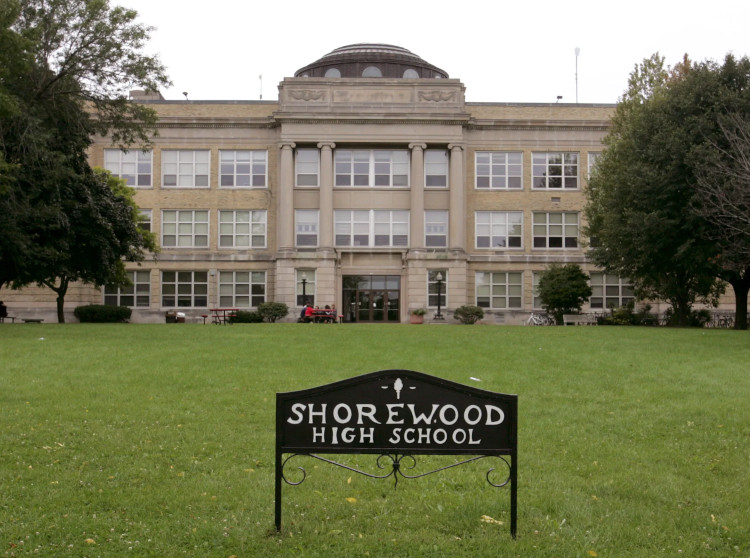
Shorewood possesses all the elements necessary for a strong business and retail sector. The area’s rapid population growth has led to the establishment of local and national retailers along the state highways that pass through Shorewood, which is evidence of this.
Shorewood has evolved from its beginnings as a resort community along the picturesque DuPage River to become a regional leader in elite home construction. Comfortable living conditions for families and individual lifestyles are provided by established communities and new subdivisions.
There are many different types of housing available from local developers and custom homebuilders. From multi-family to maintenance-free living, from starter houses to enormous dream homes, Shorewood gives it all.
- Monthly Rent: $1,002
- Property Purchase Cost: $352,600
- Cost of Living: About $37300 a year for a single adult
- Health and Safety: Good
- Connectivity: Good
- Traffic: Not much
- Public Transport Facilities: All facilities are available
4. Brookfield
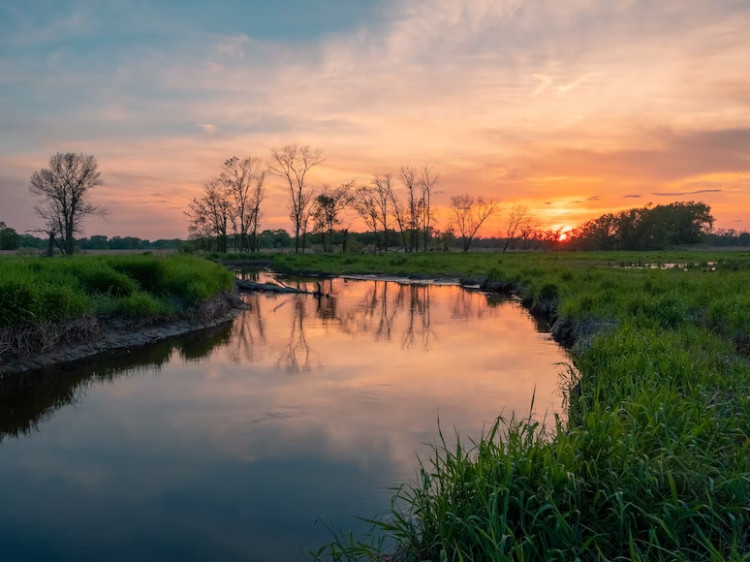
Brookfield is a dynamic neighborhood, full of things to do and places to explore.
The benefits of being in the center of the Milwaukee metro area are still available to you while living in Brookfield, which offers you all the room and peace of a suburban community. In reality, you are only three miles from downtown Milwaukee, offering you quick access to both work and leisure activities.
- Monthly Rent: $1,495
- Property Purchase Cost: $331,500
- Cost of Living: The cost of living here is almost 15% higher than the national average. The average cost of livin is about $2000
- Health and Safety: Good
- Connectivity: Good
- Traffic: Not much
- Public Transport Facilities: All facilities are readily available and the prices are 5% lower than the national average
5. Fox Point
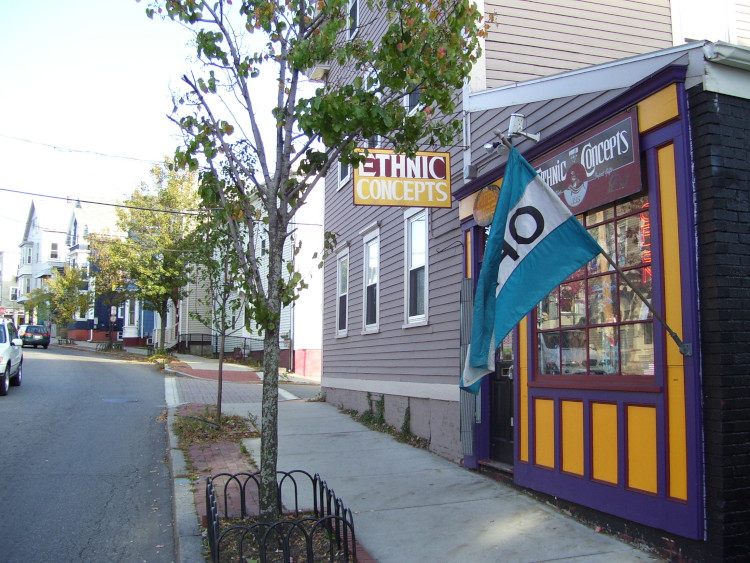
The Village of Fox Point is a 2.8-square-mile suburban residential area with around 6,600 inhabitants. The name of the Village, which was formally incorporated in 1926, comes from a Dutch town that used to be there. The Village, which is situated on the North Shore of Milwaukee County, is bounded to the east by Lake Michigan, to the west by Interstate 43, to the north by the Village of Bayside, and to the south by the Village of Whitefish Bay.
Fox Point is a steady neighborhood with peaceful, wooded streets dotted with trees, lovely ravines, and breathtaking views of Lake Michigan. Residents benefit from excellent public schools, first-rate village services, a diversity of housing options, a wide selection of nearby businesses to meet their requirements, and a prime location near downtown Milwaukee.
- Monthly Rent: $1,376
- Property Purchase Cost: $336,000
- Cost of Living: About $31000 per year
- Health and Safety: Good
- Connectivity: Well conneted
- Traffic: Not much
- Public Transport Facilities: It is available
6. Mequon
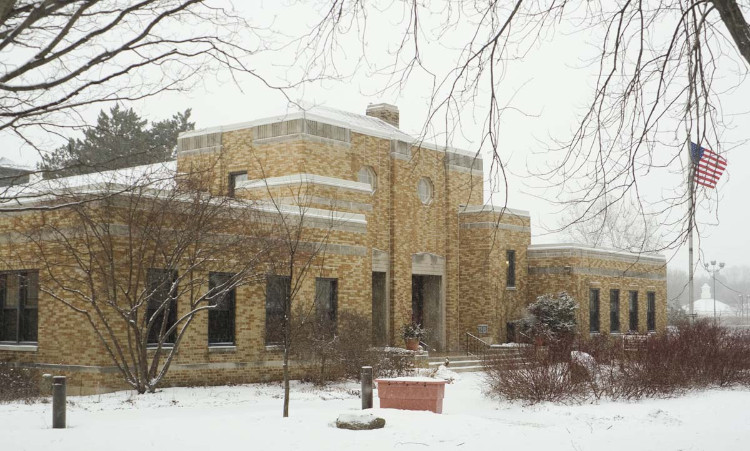
In Wisconsin, Mequon is among the top cities to retire. Through low-density zoning laws, it preserves its rural character; 50% of the city’s territory is still undeveloped and primarily agricultural. Mequon provides a variety of various recreational, economic, and cultural choices in addition to having low crime and tax rates.
- Monthly Rent: $1,708
- Property Purchase Cost: $396,700
- Cost of Living: The cost of living here is 20% higher than the national average and would be about $1900
- Health and Safety: Good
- Connectivity: Good
- Traffic: Not much
- Public Transport Facilities: Buses, cabs are available
7. Verona

Due to its low crime rate, Verona is a safe location to live. The city has an excellent network of hospitals, and the implemented healthcare system is effective. English is the language of almost everyone, which makes it quite convenient to travel around.
- Monthly Rent: $1,258
- Property Purchase Cost: $316,100
- Cost of Living: About $3100 per month
- Health and Safety: Very good
- Connectivity: Well connected
- Traffic: Barely
- Public Transport Facilities: All facilities are available
Cost to Retire in Wisconsin
Living in Wisconsin is less costly than it is on average across the United States as a whole. The Bureau of Economic Analysis reports that the state’s cost of goods and services is 8.1% lower than the national average. Wisconsin has the 20th-lowest average cost of living among all the states.
In general, the cost of living is higher in densely populated urban areas than in rural ones. There are 12 metropolitan areas in Wisconsin. The Madison metro region is the most costly in the state; here, the price of goods and services is 4.7% higher than the state average while being 3.4% cheaper than the national average.
Retire in Wisconsin: Pros and Cons
Here are the pros and cons of retiring in Wisconsin.
Pros:
- The start of wisdom is the dread of spending more than you make. The low cost of living is one benefit Wisconsin people receive. Wisconsin’s living cost is 9.1% below the national average.
- Wisconsin’s average home cost is $233,688, which is significantly less than the national average.
- Many residents also refer to Wisconsin as the festival state. Milwaukee is known as the City of Festivals. In this state, there are numerous festivals held in various cities during the spring, summer, and fall.
- Wisconsin ranks among the states with the best educational systems. It is important to recognize the state’s public education system’s high caliber.
Cons:
- The state experiences extremely scorching summers and chilly winters that can only reach single digits. Wisconsin experiences some of the greatest yearly snowfall rates. As a result, you will be shivering as you shovel a lot of snow. Wisconsin’s taxes might not be expensive, though. The state levies outrageously high taxes on all types of income, goods, and property.
- You might have to put up with the foul stench because of the manufacture of dairy products, which produce manure. Although this is more of a problem in rural areas, it is nonetheless important to address. In Wisconsin, bugs, gnats, and beetles are prevalent and can be very uncomfortable.
The Bottom Line
The first benefit of Wisconsin is its affordable cost of living, mostly because this is where most families spend the most money. Rents and house prices are both relatively cheap in this area. A variety of additional factors further improve the quality of life in Wisconsin.
Low crime rates, access to top-notch schools, superb healthcare, and the opportunity to take advantage of all four seasons. Next, regardless of the weather. The state offers a wide variety of entertainment choices. Specifically, outdoor recreation, a variety of places to visit, events to attend, and sports teams that are supportive of their supporters.
The state also boasts a distinctive cuisine scene for when all of that energetic engagement stimulate your appetite. There are, of course, age-old classics like bratwurst, pizza, fish fries, cheese, and beer. In addition, there is a rising urban farm-to-table dining scene. That can compete with many of the bigger metropolises in the US.